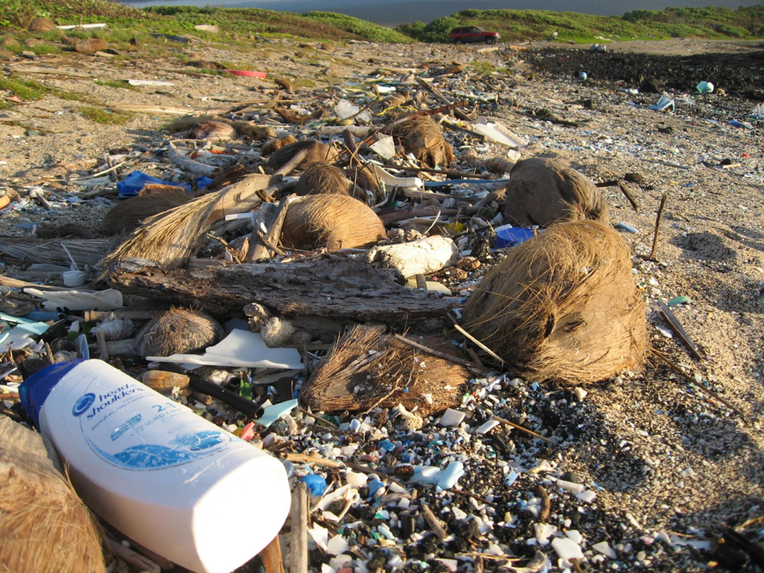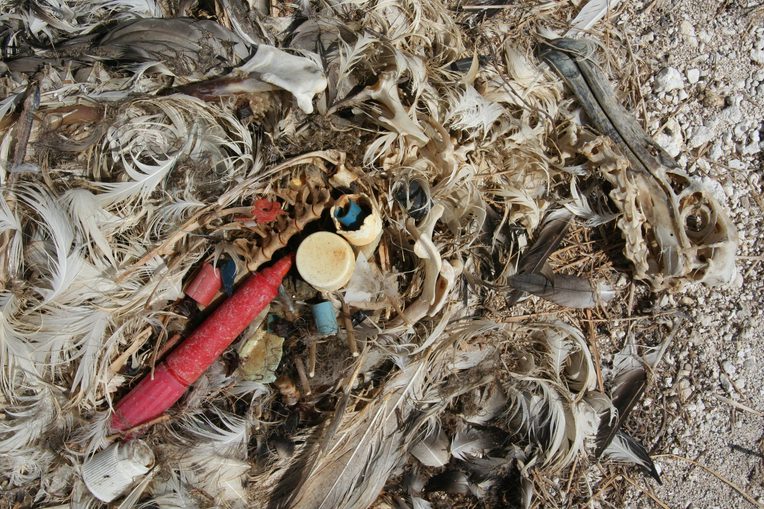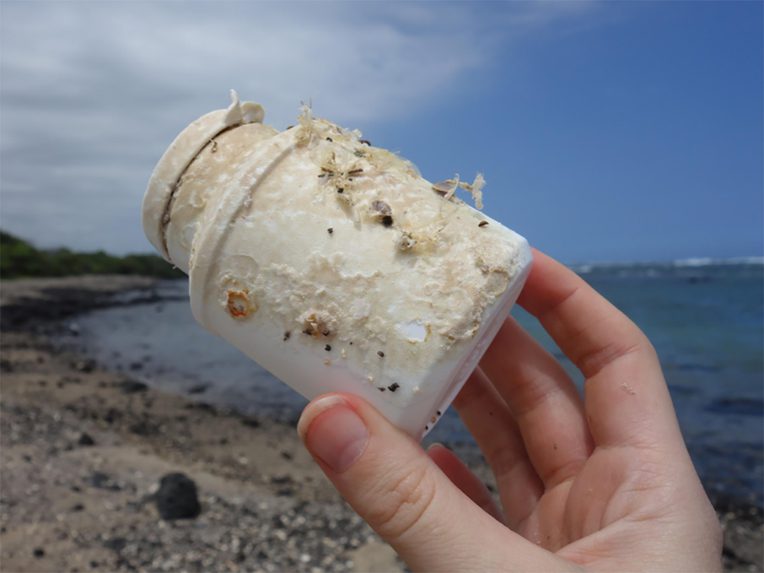Materiality
From the Series: Keywords for Ethnography and Design
From the Series: Keywords for Ethnography and Design

Materiality has been defined both in relationship and in opposition. Depending on who you ask and what you read, materiality is a projection of culture entangled with the social, or it is what determines culture and the social in the first place. Some position the material as a binary counterpart to the semiotic, while others argue for the materiality of absolutely everything, including language, images, and dreams. Colloquially, the material operates as a critique of materialism, the accumulation of commodified stuff: #collect-experiences-not-things. Even dictionary definitions of materiality are not particularly specific; “materiality: the quality of being composed of matter,” states the Oxford English Dictionary. The etymology of materiality also circles, via Latin, back to matter. Yet this may be fitting, for to pose questions about materiality is to ask at a fundamental level how matter comes to matter.
How can we think materiality with and for ethnographic design? My entry point into this conversation has been to follow a particular material, plastic—not from production to consumption, not as a single commodity, but through the ecologies that discarded objects instigate as they circulate the North Pacific Ocean. These material afterlives can help us rethink seemingly solid objects while suggesting new methods for ethnographic research. For example, Kamilo Beach, Hawaii, is a poster site for the Anthropocene. Kamilo is a collector beach, a stretch of shoreline where flotsam from the Pacific washes up: coconuts, palm fronds and seeds, but also exceptional quantities of synthetic materials. The fragmented remains of consumer goods and industrial objects make “sand” worthy of scare quotes. But this is not litter in the conventional sense. The giant ocean-current system of the North Pacific Gyre draws anything that floats by toward the center of its spiraling path, which runs right into the windward side of this island. Plastic is brought here by the intricacies of wind and water, not dropped by humans directly. The contents of the shoreline are selected as much by the caprices of currents as by human design.

While many discussions of giving, trading, or taking objects work from the assumption that humans alone are the active agents, Kamilo exemplifies the capacities of nonhumans to collect, display, and transform human materials, in this case plastic waste on and as sand. The resulting collection is caught up with the interests of humans and nonhumans, entangled in relationships of ongoing care: people cleaning a beach, or birds feeding their chicks. These relationships are formed in part by the objects themselves, which, as what Bruno Latour (2004) calls “matters of concern,” have the agential capacity to gather diverse actors. Just as the ocean draws materials to the shore, plastic gathers scientists, volunteer cleanup teams, beachcombers, and scholars into relationships of care.

On the other hand, objects tend to be privileged as carriers of meaning. However, to take a walk on this beach is to step into the space between gatherings and movements, and to confront the entangled fluidity and durability of both materials and culture. Strewn on the beach, plastic displays its remarkable ability to long outlive a single use. Here, objects do not simply exist as bounded, stable entities (a plastic bottle). Instead, they persist as things: materials-in-relationships as process. “Things,” Latour (2004, 237) quips, “cannot be thrown at you like objects.” While objects tend to fall apart (especially when thrown), materials like Kamilo’s sand persist in forms and relationships that might not be seen as traditional objects of material culture studies, but are nonetheless cultural traces that matter.

The materials of human design, then, are never-finished processes. Plastic endures as part of, rather than existing outside, processes of entangled becomings-with. If Kamilo is a landscape altered by plastic, the plastic itself is likewise transformed by movement, changing shape and even chemical composition as it travels. It breaks down in the sun and waves, leaching and accumulating synthetic toxins known by ominous acronyms—BPA, DDT, and PCBs all stick to plastic surfaces. Plastic even provides mobile homes for marine life. The white xylitol gum container I pull from the tide line had attracted lacy communities of bryozoa, tiny filter-feeders that now live and die with plastic.

Of all the things I have encountered on Kamilo’s shifting shores, I am particularly moved by a small clump of weathered but still green plastic. With poetic irony, I find myself picking fake grass off a plastic beach. If Astroturf carries semiotically the failed promises of modernity, the artifice of commodity consumption, and a whole world plasticized, here it emerges as something more than symbolic—human materials not representing, but actively becoming with worlds (see Haraway 2008). Waste materials intercepted by humans embark on new circulations, transformed into curiosities for beachcombers, scientific samples moving through the lab, or garbage to be burned for fuel. Outmaneuvering human classifications of solid waste, even seemingly stable materials are flows. Even as waste, plastic is not an endpoint, but an ongoing process.
Emphasizing afterlives instead of uses pushes ethnographers to rethink responsibility for the materials that we make, even when or especially as our stuff fragments into anonymous material bits that are impossible to trace. Ocean plastic challenges those studying objects both lost (as in waste mobilities) and found (as in art history) to attend to the capacities of discards that travel not only unintentionally, but along paths that are sometimes more than human. Plastic implores ethnographers of design to trace material afterlives, just as it challenges designers of ethnographies to push the boundaries of multisited, multispecies research to sites not traditionally considered human. This means looking not only at objects, but at the infrastructures that keep them that way; not only at making, but also practices of resilience and repair. It means finding new organizing concepts for our strange materialities: to think of the geological, the substantial, and the elemental. And, if all else fails, it means searching for life in the ruins.
Haraway, Donna J. 2008. When Species Meet. Minneapolis: University of Minnesota Press.
Latour, Bruno. 2004. “Why Has Critique Run out of Steam? From Matters of Fact to Matters of Concern.” Critical Inquiry 30, no. 2: 225–48.